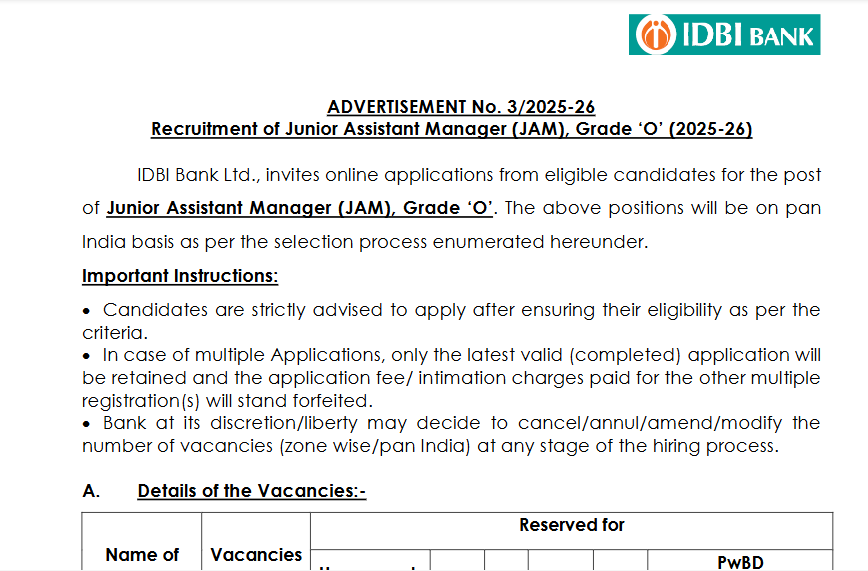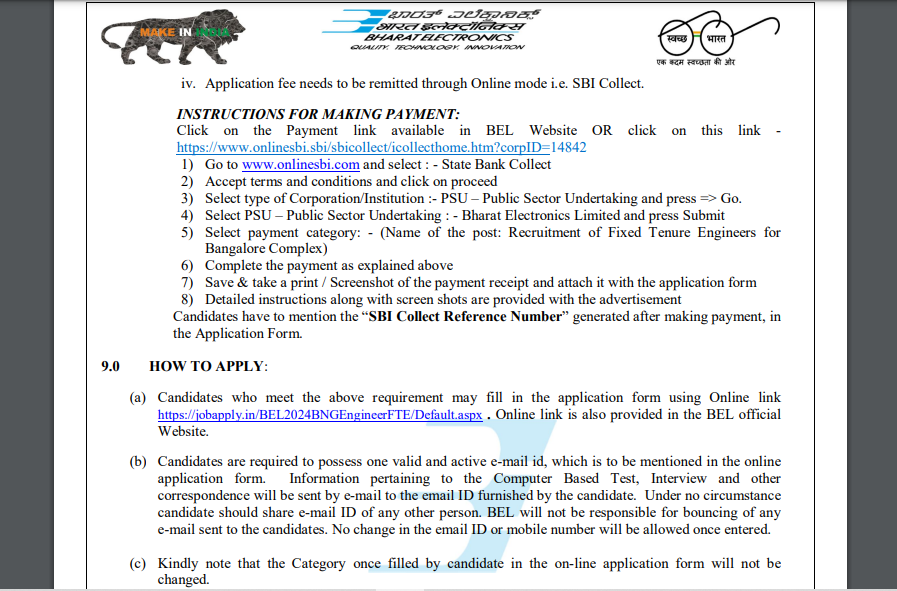Have you recently received an ‘Emergency Alert Message: Severe’ on your phone? On September 15, 2023, at 4:02 pm, the Department of Telecommunications (DOT) under the Central Government conducted a nationwide ’emergency alert’ test to improve public safety and provide timely alerts during emergencies. Subscribers on Vodafone Idea, Jio, Airtel, and BSNL networks randomly received a flash message titled ‘Emergency Alert: Severe’.
The message, sent in both Hindi and English, stated, “This is a SAMPLE TESTING MESSAGE sent through the Cell Broadcasting System by the Department of Telecommunication, Government of India. Please ignore this message as no action is required from your end. This message has been sent to test the Pan-India Emergency Alert System being implemented by the National Disaster Management Authority. It aims to enhance public safety and provide timely alerts during emergencies.”
Table of Contents
The Purpose of the Alert
Understanding why you received this emergency alert message is crucial. Emergency alerts play a pivotal role in ensuring public safety. They serve as a critical means of communication during disasters, natural calamities, or other emergencies. In India, the National Disaster Management Authority (NDMA) is responsible for coordinating these alerts, and the DOT plays a significant role in facilitating the process.
The Testing Process
Now, let’s delve into how this alert was sent to millions of phones across the country. The DOT utilized a technology known as the “Cell Broadcasting System” (CBS) for this purpose. This system allows government agencies to send text-based alerts to all cell phones in a specific geographical area, ensuring that important messages reach the public swiftly.
Understanding the technical aspect, CBS leverages cell towers to broadcast messages to all devices within their coverage area. Unlike SMS, which targets individual devices, CBS is capable of reaching a vast number of devices simultaneously. This makes it a highly efficient tool for disseminating emergency information.
Understanding Cell Broadcasting System
To grasp the significance of CBS, let’s break it down. The Cell Broadcasting System is a cell-based technology used to broadcast text messages. It is not limited to just emergency alerts but can also be employed for various public information services. The key benefit of CBS is its ability to send messages instantly and simultaneously to a large number of people in a specific area, ensuring that crucial information reaches those who need it most.
In essence, CBS operates like a megaphone for text messages, ensuring that emergency alerts can be issued promptly and effectively.
Why You Received the Alert
You might be wondering why you specifically received this test alert. The process involves random selection of cell phones on various networks to ensure that the emergency alert system is functioning correctly. This random selection method ensures that the system can reach a diverse cross-section of the population during actual emergencies.
As citizens, it’s essential to understand that receiving such alerts is a testament to the government’s commitment to your safety. It is their responsibility to ensure that you are informed and prepared for any emergency situation.
Languages Used
The ‘Emergency Alert: Severe’ message you received was delivered in both Hindi and English. This bilingual approach ensures that the message reaches a broader audience, transcending language barriers. In a culturally diverse country like India, this inclusivity is crucial to guarantee that everyone understands and acts upon the information provided during emergencies.
What to Do When You Receive Such Alerts
Now, when you receive an emergency alert message like this, it’s vital to follow the instructions provided. The government sends these messages with your safety in mind, and they often contain critical information on what steps to take. Staying calm and adhering to the guidelines can make a significant difference during emergencies, potentially saving lives.
Improving Public Safety
The overarching goal of such emergency alerts and the CBS is to improve public safety. Timely information during emergencies can help people make informed decisions, evacuate if necessary, or take protective measures. It’s a proactive approach aimed at reducing the impact of disasters and ensuring that we, as a nation, are better prepared to face any adversity.
Frequently Asked Questions
1. Are these emergency alerts sent only for testing purposes? No, while testing is an essential part of the system’s functionality, emergency alerts are primarily sent during actual emergencies, natural disasters, or critical situations.
2. What should I do if I receive an emergency alert message during a real emergency? Follow the instructions provided in the message carefully. It’s crucial to stay calm and take the necessary steps to ensure your safety.
3. Can I opt-out of receiving emergency alerts? No, these alerts are sent to all cell phones as a public safety measure, and there is no option to opt-out.
4. How does the government decide which phones receive these alerts? Phones are selected randomly across different networks to ensure a wide reach and effective testing of the alert system.
5. Is CBS the only method for sending emergency alerts? While CBS is one of the primary methods, other communication channels may also be used, such as radio, television, and social media, depending on the situation.
Conclusion
In conclusion, receiving an ‘Emergency Alert Message: Severe’ on your phone signifies the government’s commitment to your safety. These alerts, sent through the Cell Broadcasting System, aim to enhance public safety and provide timely information during emergencies. It’s essential to understand their purpose, follow the instructions, and be prepared to act in the face of adversity. In the end, it’s all about keeping you and your loved ones safe, well-informed, and resilient in the face of emergencies.
Stay Updated | ‘Emergency Alert: Severe’
- Follow us on Facebook , Telegram and Twitter for the latest Education News updates and Daily Current Affairs
- Subscribe to our website for more updates on upcoming exams and results.
- Check all open Government Jobs 2023 Here
























